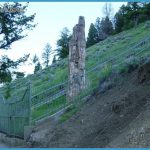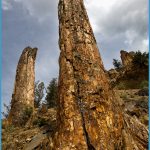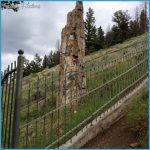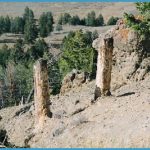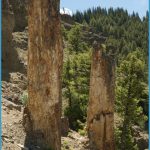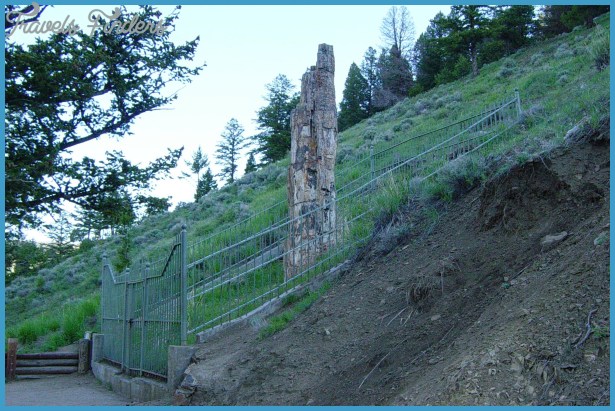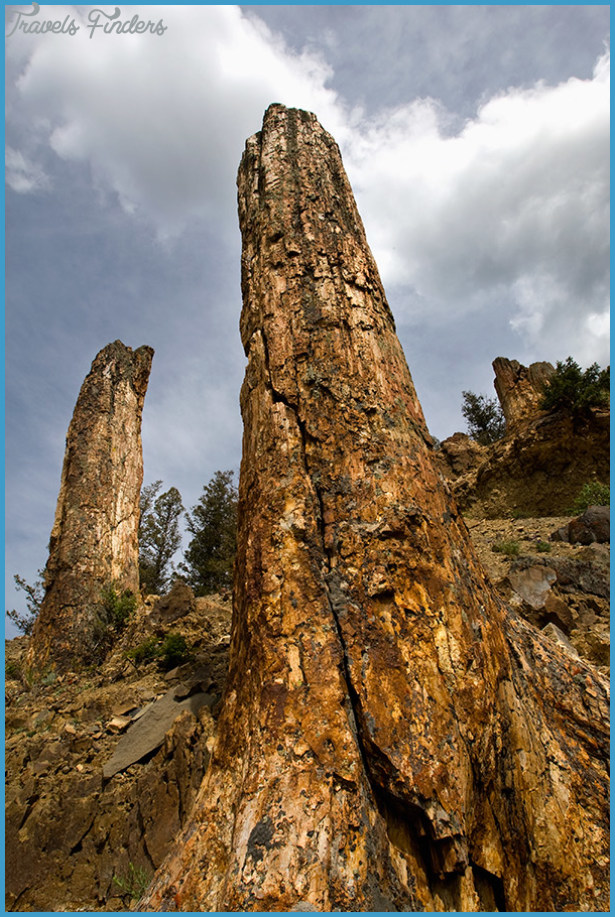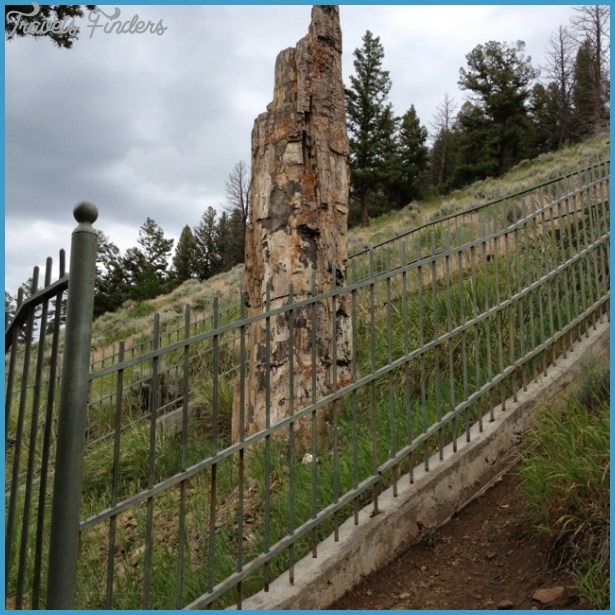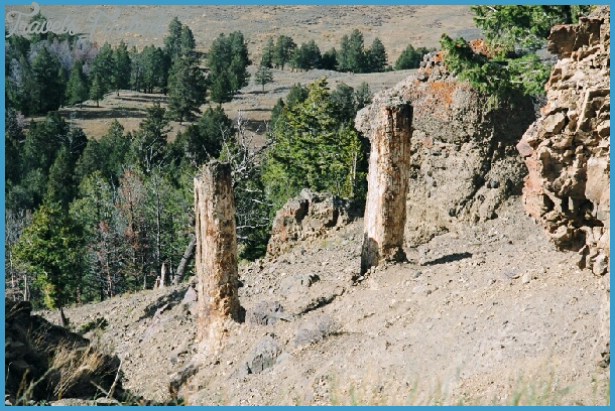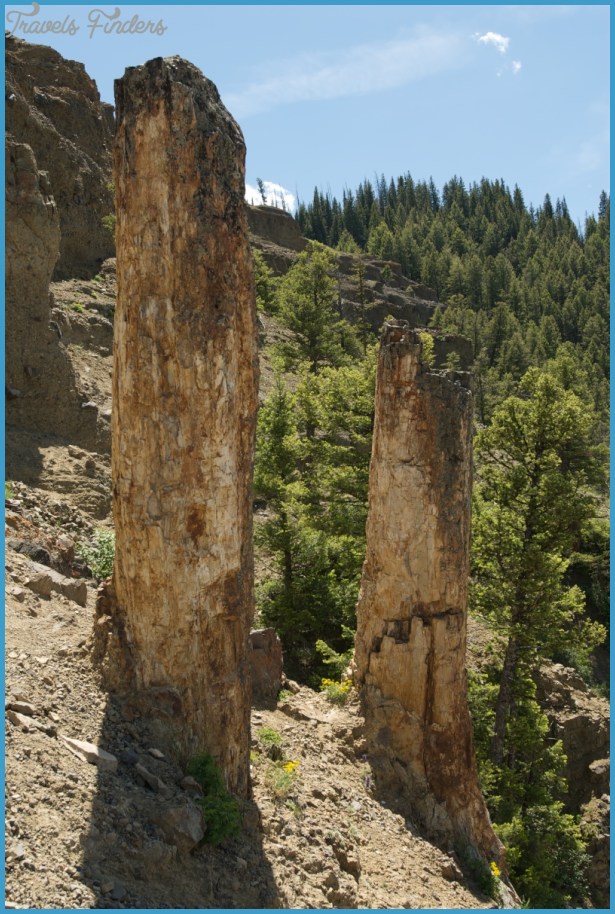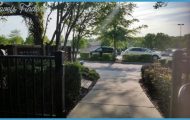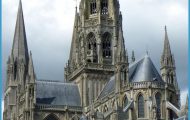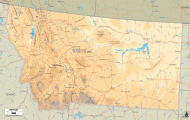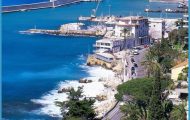South of the road is a remarkable phenomenon: high up on the slopes, trees that used to grow here have been turned to solid stone. This happened long before the caldera events that left us Yellowstone’s present-day thermal features. The trees became petrified; that is, the wood was converted to stone by dissolved minerals in water at the time when they were covered with volcanic lava, ash, and tremendous mudflows. This was during the Eocene epoch, 50 million years ago. Other areas contain petrified wood the best known in the United States is Petrified Forest National Park in Arizona. But Yellowstone has more well-preserved upright trees than any other known locality.
Preserved by petrification were cool-climate trees (spruce and willow, such as grow here today), temperate trees (like sycamore and walnut), and subtropical trees (like breadfruit and avocado). Researchers have concluded that the climate at the lower altitudes must have been much warmer than it is today and that the trees common to cooler climates were washed down some still upright in mudflows from higher altitudes. There must also have been much more rainfall, perhaps 50 to 60 inches (130-150 cm) per year, compared to today’s 15 to 18 inches (38-45 cm) per year. This area may have resembled present-day Guatemala. On a lighter note, historian Hiram Chittenden contributes the following, inspired by tales told by trappers: Sage brush, grass, prairie fowl, antelope, elk, and bears may there be seen as perfect as in actual life.
Even flowers are blooming in colors of crystal, And birds soar with wings spread in motionless flight, While the air floats with music and perfumes siliceous, And the sun and the moon shine with petrified light! Another entertaining version of the story has birds sitting on peetrified branches, singing peetrified songs. In present-day Yellowstone, only one of the standing petrified trees is easy to reach the others require strenuous off-trail climbs. To see this specimen, take the short side road west of Tower Junction, described at mile 16.7/1.4 in the road log From Mammoth Junction to Tower Junction. 24.4/4.2 I This wide turnout at the south side of the road is the best place to try to see petrified trees near the top of Specimen Ridge. You can see them only with good binoculars and you need to know exactly where to look.
On the opposite side of the road not far from here was Little America, a 1930s camp for men of the Civilian Conservation Corps, who found the weather in this valley early and late in the season to be a lot like Antarctica. The original Little America, on the continent of Ant- arctica, had been established by Richard Byrd late in 1928. Today this area is called Little America Flats. Turnouts along the last 5 miles east of Tower-Roosevelt Junction provide access to many ponds, including the Trumpeter Lakes some distance from the road, where trumpeter swans have sometimes nested. Ducks and other aquatic birds, yellowheaded and red-winged blackbirds, as well as otters and muskrats sometimes make these ponds their home. However.

